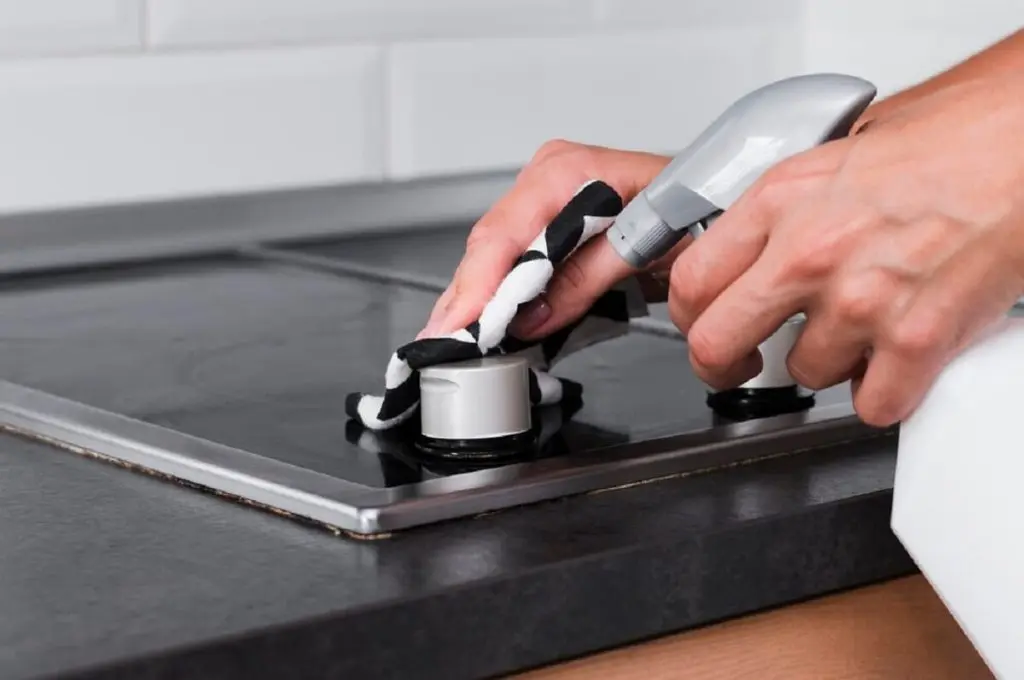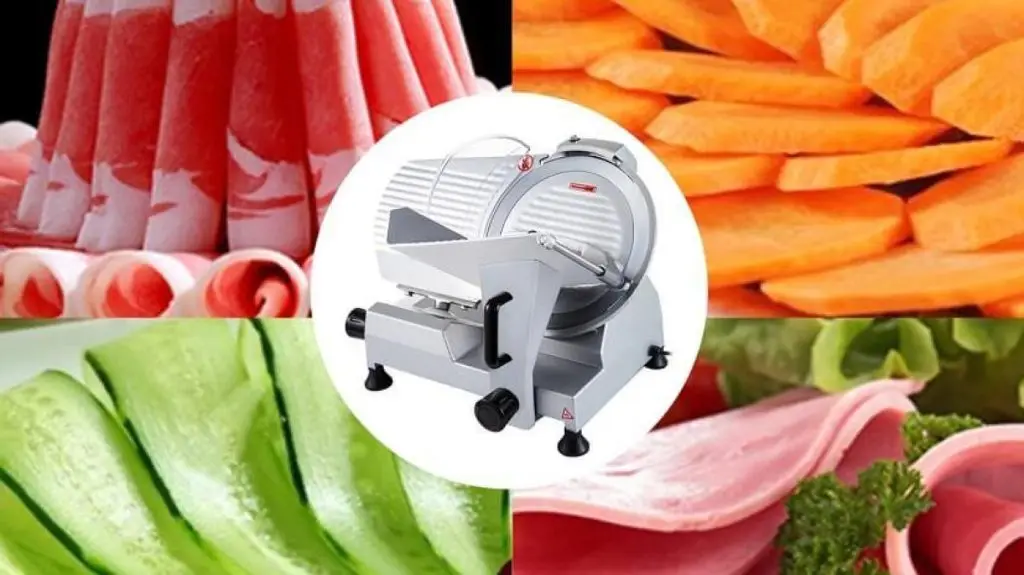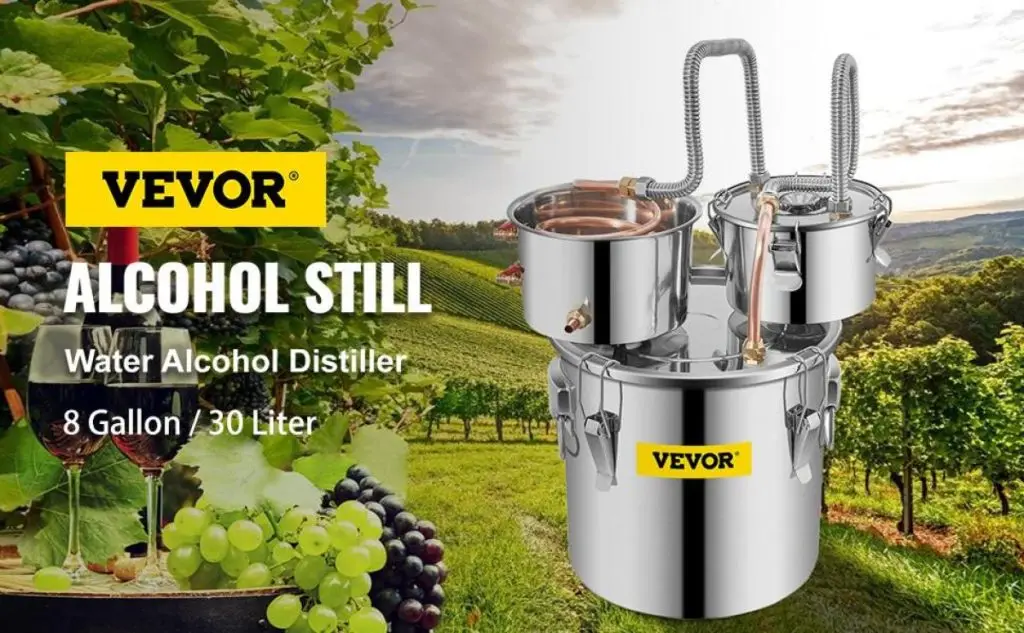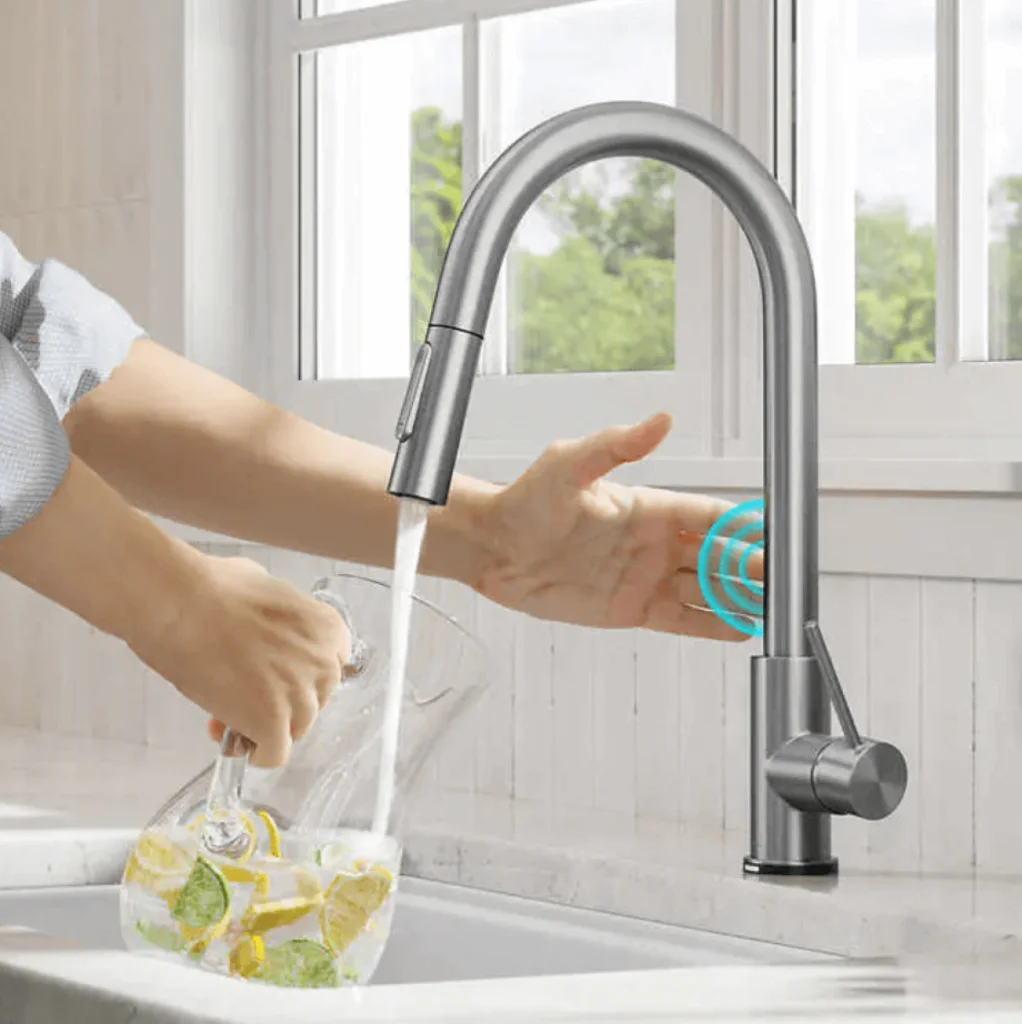Do you own a glass stovetop and have felt the harsh need to maintain its shine and sleekness just as before? If you have glass stove tops installed in your kitchen, you are aware that although they seem elegant, maintaining them may occasionally be difficult.
In addition to being beautiful, the glossy, smooth surface is prone to stains, marks, and burned food particles that adhere to the surface. Well, how to clean glass stovetop so that you do not harm the surface in the process?
This article contains useful advice on properly caring for your glass stovetop and keeping the accessory an eye-catching component of your kitchen space. Let’s dive in and discover the best methods for keeping your stovetop spotless!
Why You Should Clean Your Glass Stovetop Regularly
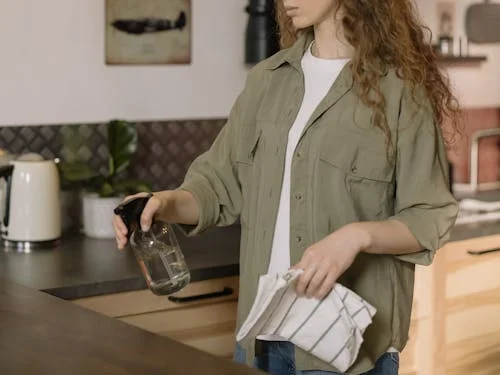
Preventing Buildup of Grime and Stains
The first and foremost benefit of cleaning glass stovetop is to prevent formation of dirt and stain on it in future. Grease normally appears all the time during the preparation of food and in the event that it is not washed at that present time, it becomes very hard and sticky. If not wiped or washed regularly, it forms a layer which over time is harmful to the stovetop as it eats into the glass surface.
Prolonging the Lifespan of Your Stovetop
It is also important to clean your stovetop regularly to extend its shelf life, as glass is a rather strong material. Still, it is vulnerable to abrasive cleaning agents or simple inattention. This helps you reduce the chances of getting scratches, discoloration, and other signs of the stovetop wearing.
Ensuring Efficient Cooking Performance
Non-stick coatings can fail if they are contaminated by residue; the stovetop has to be clean to ensure consistent heat distribution. This makes cooking easier.
Maintaining the Beauty of Your Kitchen
A clean glass stovetop makes your cooking area look attractive. People feel comfortable preparing their meals.
Preparation Before Cleaning
Safety Precautions
You should be careful to avoid accidents and damage to the appliance.
Turn Off and Cool Down
Always remember to switch off the stovetop and let it cool before attempting to clean it. Cleaning a hot surface might produce burns, and the solution used in cleaning may dry up very quickly.
Gather Necessary Supplies
Preparing the correct supplies will ease the cleaning process and go a long way toward making the process efficient. Here’s what you’ll need:
- Soft cloths or sponges
- Non-abrasive cleaners
- A spray bottle which contains water and a mild detergent
- A razor blade or scraper, particularly for the glass stovetops (optional).
Best Cleaning Supplies for Glass Stovetops
This will help ensure that the glass surface is not compromised in any way by the wrong cleaning supplies. Here are some recommended tools:
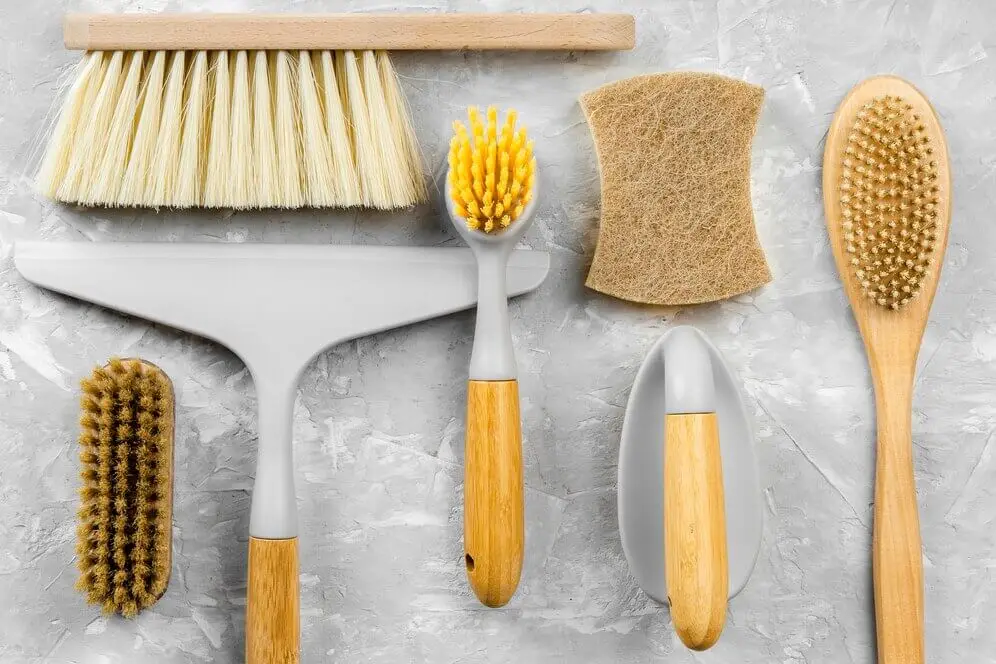
Soft Cloths and Sponges
Instead, a microfiber cloth or any other type of sponge that has no trace of roughness should be used to wipe the glass stovetop. These materials do not scratch the glass, and they are ideal for cleaning it to eliminate residues.
Non-abrasive Cleaners
Cleaning solutions that are designed for cleaning glass top stoves should always be used. Avoid the use of any rough or abrasive material. This will only scratch the surface. They can mostly be washed with water and diluted mild detergent most of the time, as is the tradition.
How to Clean a Glass Stovetop
Here’s how to clean stovetop glass.
Daily Cleaning Routine
This is one of the things that eases the kitchen cleaning process, especially when it comes to the stovetop area.
Wiping Down After Each Use:
Be certain to turn off and wait for the stovetop to cool after every use before cleaning it with a soft, damp cloth. This simple action would help prevent them from hardening on the floor, as it would prove even more complicated to clean them up after some time.
Using Gentle Cleaners
In case of general cleaning, one may use a mild soap solution or a solution containing vinegar. Use it on the stovetop and wipe with a mop. This will help avoid a build-up of grease and fine and tiny spills on the stove surface.
Deep Cleaning Methods
It is helpful to clean your stovetop still periodically, although sometimes a more thorough scrubbing is necessary to eliminate grime.
Step-by-Step Deep Cleaning Process:
- A particular emphasis should be placed on stovetop cooling. Drench the region with a non-leathery cleaning agent or a baking soda and water mixture.
- Make the cleaner or paste remain on the surface for 10 to 15 minutes. This assists in softening the stubborn stains that may be on the fabric.
- That is why cleaning the furniture with a soft cloth or sponge is advisable and removing the cleaner gently. For the most rigorous cases, one may be required to apply some vigorous pressure circularly.
- Wipe the surface with clean water to ensure no residue, and ensure you do not leave any water on the surface, as this may create watermarks when it dries up.
Removing Tough Stains and Burnt Residue
A scraper crafted for use on glass stove tops is quite effective in tackling burnt-on stains. It is used by holding the scraper at a 45-degree angle to scrape the residue gently. Do not apply too much pressure when cleaning, as this may lead to scratching the glass.
Best Way to Clean Glass Stovetop
If done rightly, there are ways that can be employed in the cleaning process of a glass stovetop.
Avoiding Abrasive Tools
Do not scrub your glass stovetop with steel wool or an abrasive pad or apply strong chemical cleaner on it. These can now just scratch the surface and do permanent harm.
Effective Scrubbing Techniques
Always use a sponge, soft cloth, or non-abrasive pad to gently remove stains. To prevent scratching the glass, wash in circular motions from the outside towards the middle, but be sure to apply enough pressure to lift the stain.
Common Mistakes to Avoid
Here’s what to avoid:
Using Abrasive Cleaners
Acidic cleaning solutions cause severe stains on the glass and they can also leave scratch marks on the faces of the glass that can allow for further staining in the future.
Potential Damage to the Glass Surface
After some time it is possible to notice that scratches remove a layer of the glass and as a result, may cause a crack or even a break. It is recommended that at least you make sure you only use gentle cleaners and scrubbers on your stovetop.
Neglecting Regular Maintenance
The notion that regular cleaning sessions can be missed occasionally is not good, as it results in tenacious stains accumulation and grease.
The build-up of Stubborn Stains and Grease
If allowed to build up, he asserts that dirt and oil become even more difficult to wash off. Failure to do this causes this buildup, and your stove top will look old despite being new.
Ignoring Manufacturer’s Instructions
In addition, ensure that cleaning and maintenance are done as provided by the manufacturer’s manuals.
Importance of Following Proper Guidelines
The guidelines provided by the manufacturer are useful, for ensuring that your stovetop remains in the best condition as possible. Failure to follow these instructions results in damages and it might even compromise your warranty.
Eco-Friendly Cleaning Solutions
Natural Cleaning Ingredients
Household products can be used for cleaning glass stovetops.
Vinegar and Baking Soda
The reason vinegar works is because it neutralizes grease and the baking soda is a mild abrasive that can remove dirt without harming the surface.
Lemon Juice
Another method of cleaning the stovetop is by using lemon juice, as it also helps in removal of grease and eradicating nasty smell from the surface. You can make it even more effective in cleaning and also give it a nice smell by putting in a few drops of essential oil.
Benefits of Eco-Friendly Products
Eco-friendly products are not only better for the environment, but they’re also safer for your family.
Safe for the Environment and Your Family
Using natural cleaners reduces the risk of exposure to harmful chemicals, making your kitchen a safer place for everyone.
Why Choose VEVOR’s Glass Stovetop
Now that you know how to keep your glass stovetop clean, let’s talk about why VEVOR’s glass stovetop is an excellent choice for your kitchen.
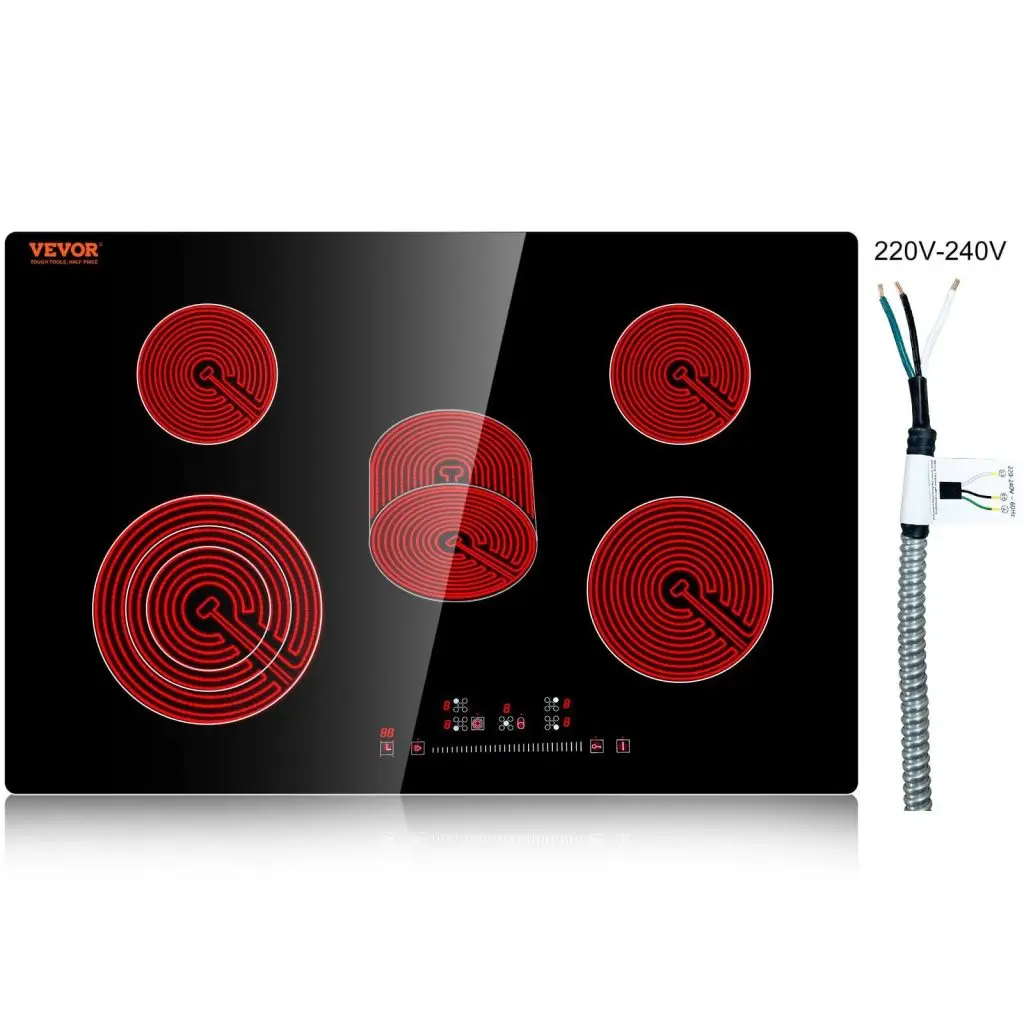
Introduction to VEVOR’s Glass Stovetop
Introducing the VEVOR Built-in Electric Stove Top. It makes cooking an even easier process than it is.
Features and Benefits
It has five heating zone controls. This allows you to cook different items at the same time. Its 8600W total output is more than sufficient to meet all of your kitchen’s heat production needs.
Durability and Ease of Cleaning
The glass elevates the appearance to a new degree of sophistication. It is also heat resistant and easy to clean. The body is strong and built to serve the equipment’s purpose as long as possible.
Recommended For Your Project
How VEVOR’s Stovetop Makes Cleaning Easier
VEVOR’s stovetop has various attributes that ensure that cleaning is a very easy process.
Smooth Surface for Easy Wiping
The fact that glass is shiny and does not have a rough, grainy surface. It can be easily wiped, and there is no room for liquids to sink into cracks or crevices.
Heat Resistance and Safety
Some safety mechanisms that the VEVOR stovetop boasts of include overheat protection, a child security lock, and a residual heat reminder. The fan helps reduce the degree of heat on the surface after use, making it safe to clean immediately after cooking.
Maintenance Tips for a Glass Stovetop
Regular Cleaning Schedule
Keeping your glass stovetop clean is key to making it last longer. Establish a routine to avoid tough stains.
Daily, Weekly, and Monthly Routines
- Daily: Clean the stovetop after every use with a soft, damp cloth. This removes spills before they harden.
- Weekly: Use a non-abrasive cleaner to thoroughly clean the surface. This keeps the glass shiny and smooth.
- Monthly: Inspect the stovetop for any scratches or stains. Deep clean any stubborn spots using a gentle cleaner or a baking soda paste.
Protecting Your Glass Stovetop
Your stovetop is durable, but it needs protection to stay in good shape.
Using Stove Covers
Consider using stove covers when the stovetop is not in use. They protect the glass from scratches and dust. Stove covers also add extra counter space.
Avoiding Heavy Pots and Pans
Be careful with heavy pots and pans. Dropping or dragging them can scratch or crack the glass. Use cookware suited for glass stovetops and handle them gently.
Troubleshooting Common Issues
Even with care, problems can occur with glass stovetops. Here’s how to handle them.
Dealing with Scratches
Scratches can spoil the look of your stovetop. Preventing and repairing them is crucial.
Prevention Tips
Avoid using abrasive cleaners and harsh scrubbing pads. Always lift pots instead of sliding them. Use cookware with smooth bottoms to prevent scratches.
Repair Solutions
For minor scratches, use a glass polish designed for stovetops. Gently clean the area with a soft cloth. For deeper scratches, consult a professional or the manufacturer for advice.
Removing Discoloration
Discoloration is another common issue with glass stovetops. Identifying the cause and using effective cleaning methods can restore your stovetop’s appearance.
Causes of Discoloration
Discoloration may be caused by burnt food residues, food left for too long before cleaning, or wrong cleaning agents. Certain types of dishes can also cause discoloration.
Effective Cleaning Methods
For stains, you should make a paste of baking soda and water or use a glass stovetop cleaner. Rub the cleaner gently on the affected area and leave it for some time before rinsing it off with a mild cloth. In challenging areas, you can repeat the process.
Conclusion
It is essential to clean and maintain it regularly. When you put the advice in this guide into practice, your stovetop will be spotless and glossy. This will make your kitchen seem better and cook more enjoyable food.
VEVOR’s glass stovetop is a great choice for people who value performance and appearance. Its smooth, polished surface and the strength of its material make it an essential appliance in most contemporary kitchens.
Check out our official website for additional details on VEVOR’s kitchen products and other cleaning advice.

